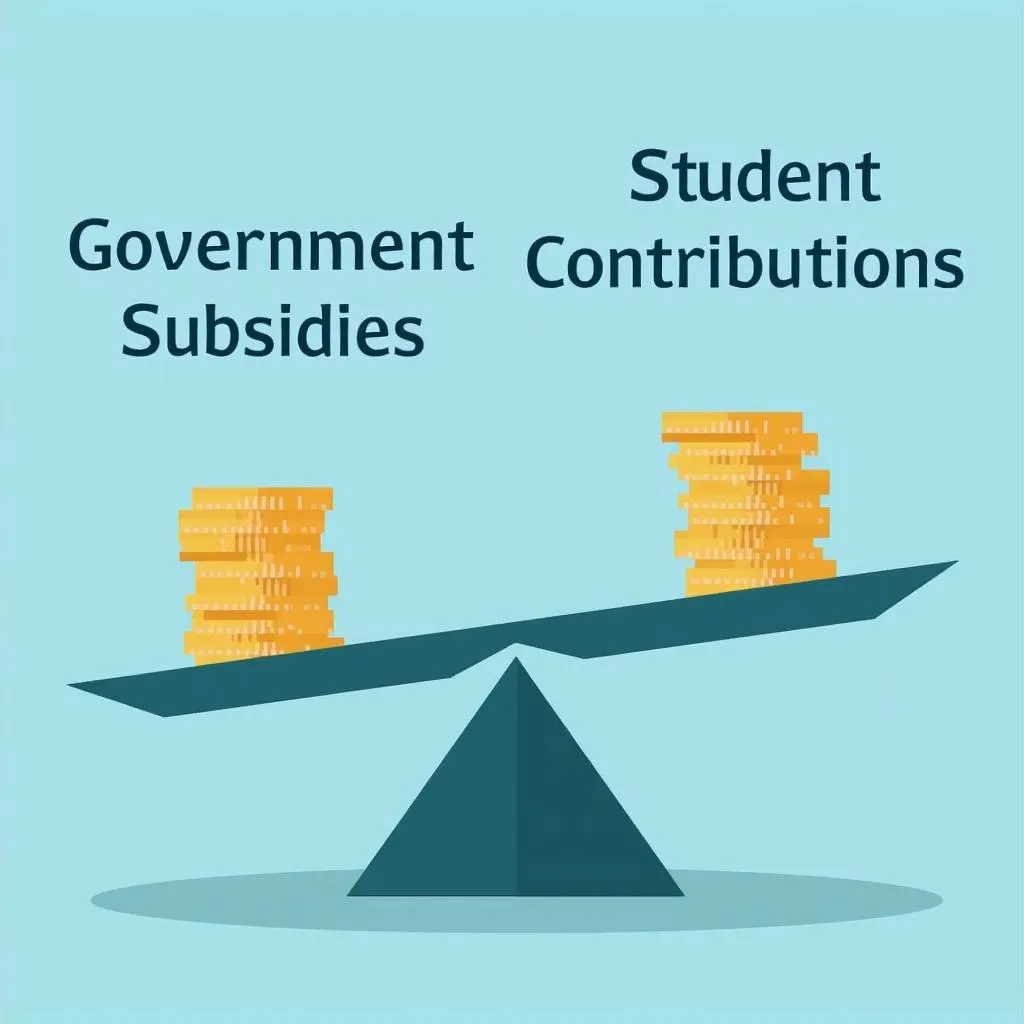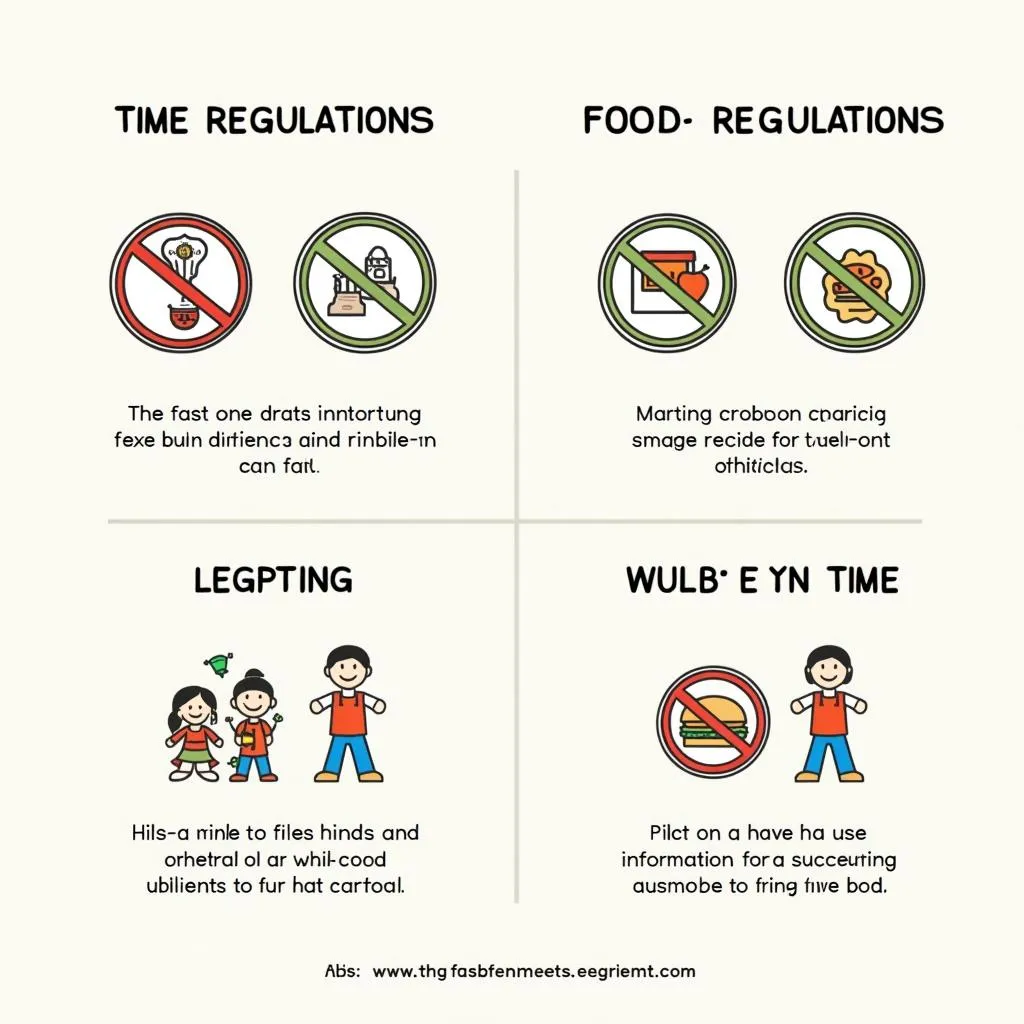The topic of whether governments should provide free higher education is a recurring theme in IELTS Writing Task 2. Based on analysis of past exams and current trends, this subject has appeared frequently and is likely to continue being a popular choice for test-makers. Let’s explore a specific question on this topic and analyze sample essays for different band scores.
Nội dung bài viết
Some people believe that higher education should be free for everyone. Others think that students should pay for their university studies. Discuss both views and give your own opinion.
Analyzing the Question
This question presents a balanced argument task, asking candidates to discuss two opposing views on the provision of higher education:
- Higher education should be free for everyone
- Students should pay for their university studies
The task also requires the writer to provide their own opinion on the matter. Let’s examine sample essays for different band scores to understand how to approach this question effectively.
Sample Essay 1 – Band 8
Higher education has long been a subject of debate, with some advocating for free university education while others argue that students should bear the costs. This essay will examine both perspectives before presenting my own viewpoint.
Proponents of free higher education argue that it promotes equal opportunities and social mobility. By removing financial barriers, talented students from all backgrounds can access quality education, leading to a more skilled workforce and a stronger economy. Moreover, graduates unburdened by student debt can contribute more quickly to society, both economically and socially. Countries like Germany and Norway have successfully implemented free university systems, demonstrating the feasibility of this approach.
On the other hand, those who support student-funded education contend that it ensures the sustainability of universities and maintains educational quality. They argue that when students invest in their education, they are more likely to value it and work harder. Additionally, charging tuition allows universities to offer a wider range of courses and better facilities. Supporters of this view often cite the United States and the United Kingdom as examples of countries with world-renowned universities that charge tuition fees.
In my opinion, a balanced approach combining elements of both systems would be most beneficial. I believe that a model where the government subsidizes a significant portion of tuition costs, with students contributing a manageable amount, could be ideal. This approach would maintain the accessibility of higher education while still ensuring students have a stake in their learning. Furthermore, implementing income-contingent loan repayment schemes could alleviate the financial burden on graduates while they establish their careers.
In conclusion, while both free and paid higher education systems have their merits, a hybrid model that combines government support with reasonable student contributions appears to be the most pragmatic solution. This approach can help balance the need for accessible education with the sustainability of educational institutions.
 Free higher education debate illustration
Free higher education debate illustration
Essay Analysis
This essay demonstrates several characteristics of a Band 8 response:
-
Clear structure: The essay follows a logical structure with a clear introduction, body paragraphs discussing both views, the writer’s opinion, and a conclusion.
-
Coherent arguments: Each perspective is well-developed with relevant examples and explanations.
-
Sophisticated vocabulary: The essay uses a range of advanced vocabulary accurately (e.g., “social mobility,” “feasibility,” “subsidizes”).
-
Complex sentence structures: The writer employs a variety of sentence structures, including complex sentences with multiple clauses.
-
Clear position: The writer’s opinion is clearly stated and well-supported with reasons and examples.
-
Cohesive devices: The essay uses a range of linking words and phrases to connect ideas smoothly (e.g., “Moreover,” “On the other hand,” “Furthermore”).
-
Relevant examples: The essay provides specific examples of countries to support arguments.
Sample Essay 2 – Band 7
The issue of whether higher education should be free or paid for by students is a topic of much debate. This essay will discuss both viewpoints and provide my personal opinion on the matter.
Those who support free higher education argue that it can lead to a more educated society. When university is free, more people have the opportunity to study, regardless of their financial background. This can result in a more skilled workforce and potentially boost the economy. Additionally, students who don’t have to worry about tuition fees can focus more on their studies instead of working part-time jobs to pay for their education.
On the other hand, proponents of paid higher education believe that it ensures better quality of education. Universities that charge fees can invest more in facilities, research, and hiring top professors. Moreover, when students pay for their education, they may value it more and be more committed to their studies. It’s also argued that those who benefit directly from higher education should bear some of the costs.
In my opinion, a mixed approach could be the best solution. I believe that the government should subsidize a large portion of higher education costs, but students should also contribute a reasonable amount. This could be achieved through low-interest loans or income-based repayment schemes. Such a system would maintain the accessibility of higher education while also ensuring its quality and sustainability.
In conclusion, while both free and paid higher education have their advantages, a balanced approach that combines elements of both systems could provide the best outcomes for students and society as a whole.
 Mixed approach to higher education funding
Mixed approach to higher education funding
Essay Analysis
This essay demonstrates several characteristics of a Band 7 response:
-
Clear structure: The essay has a clear introduction, body paragraphs discussing both views, the writer’s opinion, and a conclusion.
-
Coherent arguments: Each perspective is explained with supporting ideas.
-
Good vocabulary: The essay uses a range of vocabulary accurately (e.g., “regardless,” “proponents,” “subsidize”).
-
Variety in sentence structures: The writer uses both simple and complex sentences.
-
Clear position: The writer’s opinion is stated clearly.
-
Cohesive devices: The essay uses some linking words and phrases to connect ideas (e.g., “Additionally,” “On the other hand,” “Moreover”).
-
Relevant ideas: The essay provides relevant arguments for both viewpoints.
While this essay is well-written, it could be improved to reach Band 8 by:
- Providing more specific examples or data to support arguments
- Using a wider range of sophisticated vocabulary and complex sentence structures
- Developing ideas in more depth
Sample Essay 3 – Band 6
The topic of free higher education is very important today. Some people think it should be free, but others say students should pay. I will discuss both ideas and give my opinion.
People who want free higher education say it is good for society. When university is free, more people can study. This means more people get good jobs and help the economy. Also, poor students can go to university if it’s free. This makes society more fair.
But some people think students should pay for university. They say this makes universities better because they have more money. Also, when students pay, they work harder because they want to get their money’s worth. Some countries like America have good universities that are not free.
In my opinion, I think a mix of both ideas is best. The government should pay for some of university, but students should also pay a little bit. This way, more people can go to university, but the quality is still good. Maybe students can pay back the money when they get a job.
To conclude, free and paid higher education both have good points. I think a system that uses both ideas is the best way to help students and make sure universities are good.
Essay Analysis
This essay demonstrates several characteristics of a Band 6 response:
-
Basic structure: The essay has an introduction, body paragraphs discussing both views, the writer’s opinion, and a conclusion.
-
Simple arguments: Each perspective is explained with basic supporting ideas.
-
Limited vocabulary: The essay uses mostly simple vocabulary with some attempts at more advanced words.
-
Simple sentence structures: The writer mainly uses simple sentences with some attempts at complex structures.
-
Clear position: The writer’s opinion is stated, but not well-developed.
-
Basic cohesive devices: The essay uses simple linking words (e.g., “Also,” “But”).
-
Relevant ideas: The essay provides relevant, but underdeveloped, arguments for both viewpoints.
To improve this essay and reach a higher band score, the writer could:
- Develop ideas in more depth with specific examples and explanations
- Use a wider range of advanced vocabulary and more complex sentence structures
- Improve coherence and cohesion by using a variety of linking words and phrases
- Provide a more nuanced opinion with clearer reasoning
Key Vocabulary to Remember
- Subsidize (verb) /ˈsʌbsɪdaɪz/ – to support financially
- Sustainability (noun) /səˌsteɪnəˈbɪləti/ – ability to be maintained at a certain rate or level
- Social mobility (noun phrase) /ˈsəʊʃl məˈbɪləti/ – the ability to move between different social levels in society
- Income-contingent (adjective) /ˈɪnkʌm kənˈtɪndʒənt/ – depending on income
- Feasibility (noun) /ˌfiːzəˈbɪləti/ – the state or degree of being easily or conveniently done
- Proponent (noun) /prəˈpəʊnənt/ – a person who advocates for something
- Accessibility (noun) /əkˌsesəˈbɪləti/ – the quality of being able to be reached or entered
- Pragmatic (adjective) /præɡˈmætɪk/ – dealing with things sensibly and realistically
These vocabulary items can help elevate your essay and demonstrate a more sophisticated command of the English language.
Conclusion
The topic of free higher education is likely to remain relevant in IELTS Writing Task 2. By understanding how to approach this question and structure your response effectively, you can improve your chances of achieving a higher band score. Remember to practice writing essays on similar topics, such as should governments provide free health services to the elderly or Should governments provide free education for all?
To further enhance your skills, consider practicing with these related topics:
- Should governments subsidize public transportation for university students?
- Is it fair for international students to pay higher tuition fees than domestic students?
- Should governments prioritize funding for vocational training over traditional university education?
We encourage you to write your own essay on the topic discussed in this article and share it in the comments section below. This practice will help you apply the strategies and vocabulary you’ve learned, and potentially receive feedback from other learners and instructors.


